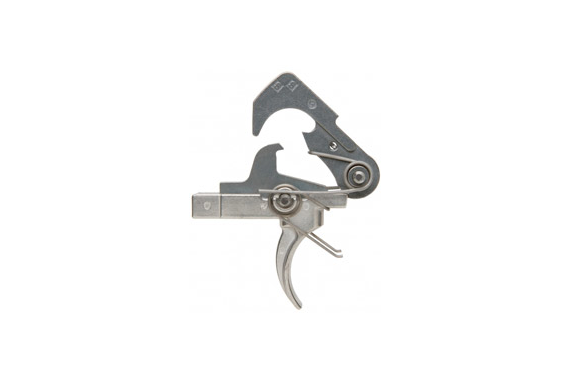
At the time, the Colt M16A2 was the Colt 645, also known as the M16A1E1. Government requested Colt to make a carbine version of the M16A2. However, these rifles had design issues, as the barrel length was halved to 10 inches (25 cm), which upset the ballistics, reducing its range and accuracy and leading to considerable muzzle flash and blast, meaning that a large flash suppressor had to be fitted. History įollowing the military adoption of the AR-15 as the M16 rifle, carbine variants were also adopted for close quarters operations, the first of which was the CAR-15 family of weapons, which was used in the Vietnam War.

Army selected the SIG MCX Spear, designated the XM7, as the winner of the Next Generation Squad Weapon Program to replace the M16/M4. Since its adoption in 1994, the M4 has undergone over 90 modifications to improve the weapon's ergonomics and modularity, including: the M4A1, which strengthened the barrel and removed the burst-fire option the SOPMOD, an accessory kit containing optical attachments and the underbarrel M203 grenade launcher. The M4 has been adopted by over 60 countries worldwide, and has been described as "one of the defining firearms of the 21st century". The M4 is extensively used by the United States Armed Forces, with decisions to largely replace the M16 rifle in United States Army (starting 2010) and United States Marine Corps (USMC) (starting 2016) combat units as the primary infantry weapon and service rifle.


It is a shortened version of the M16A2 assault rifle.

The M4 carbine (officially Carbine, Caliber 5.56 mm, M4) is a 5.56×45mm NATO, gas-operated, magazine-fed carbine developed in the United States during the 1980s. Gas-operated, closed rotating bolt, Stoner expanding gasģ0-round box magazine or other STANAG magazines


 0 kommentar(er)
0 kommentar(er)
